Bura-Mrgudić
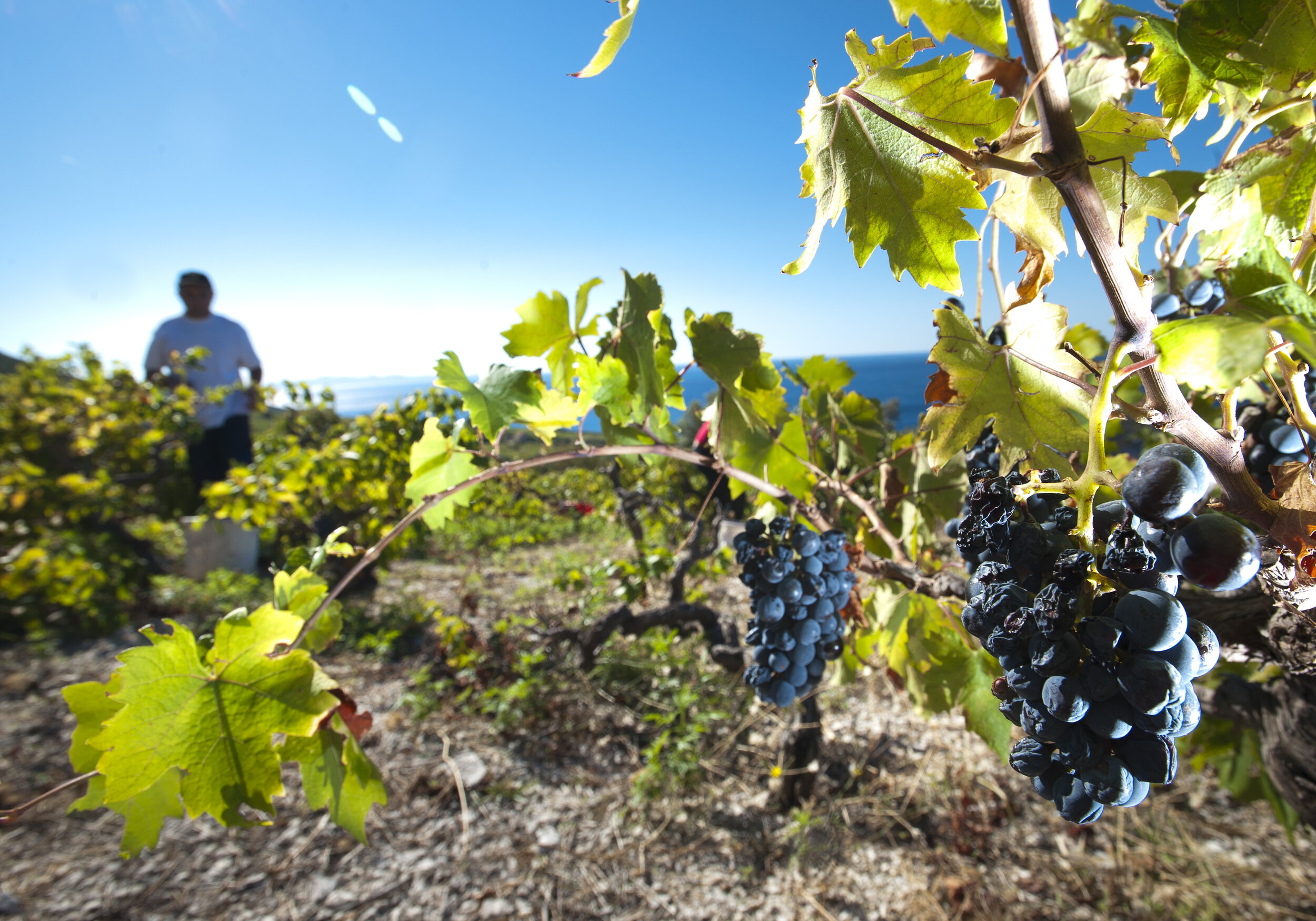
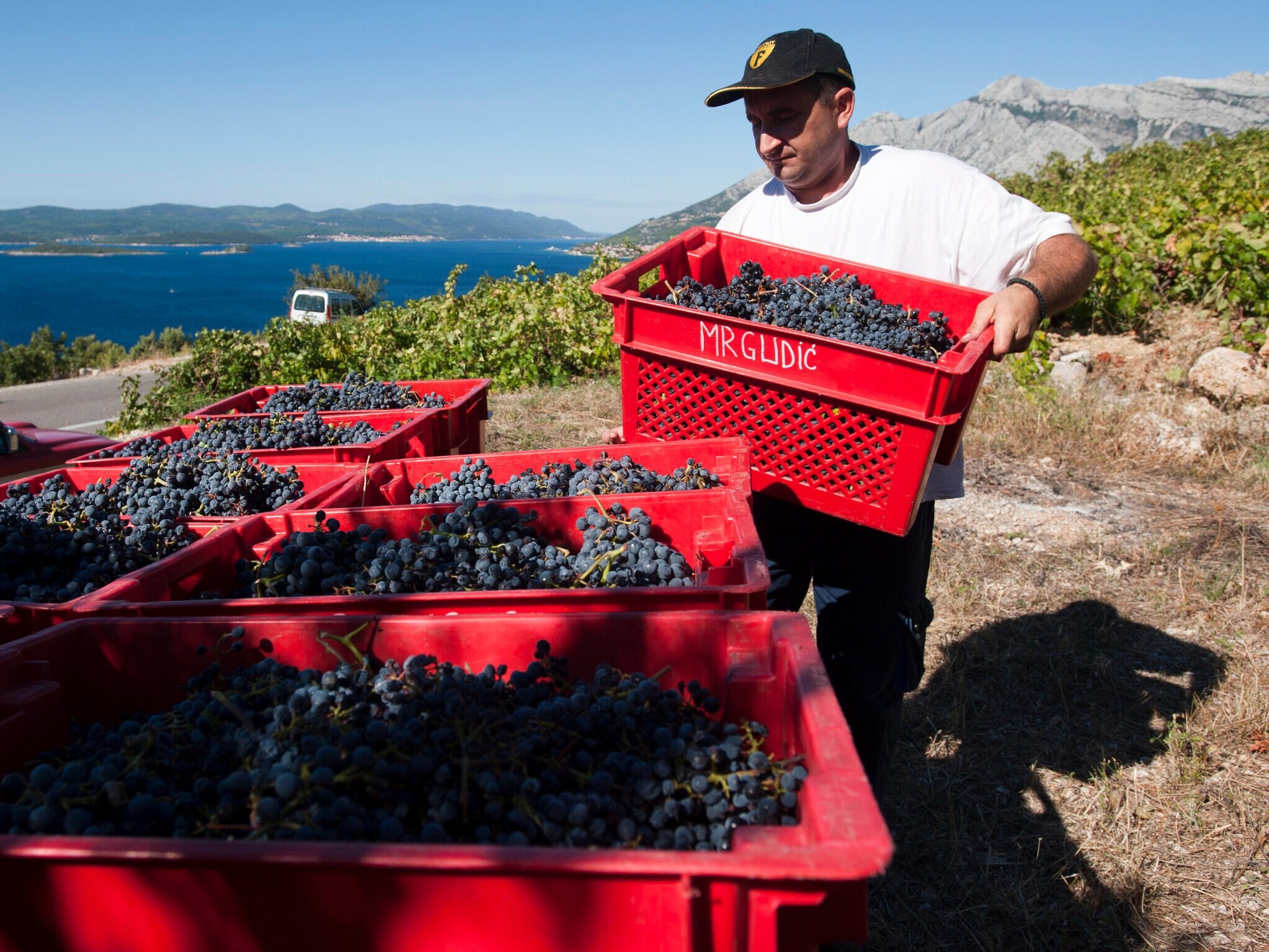

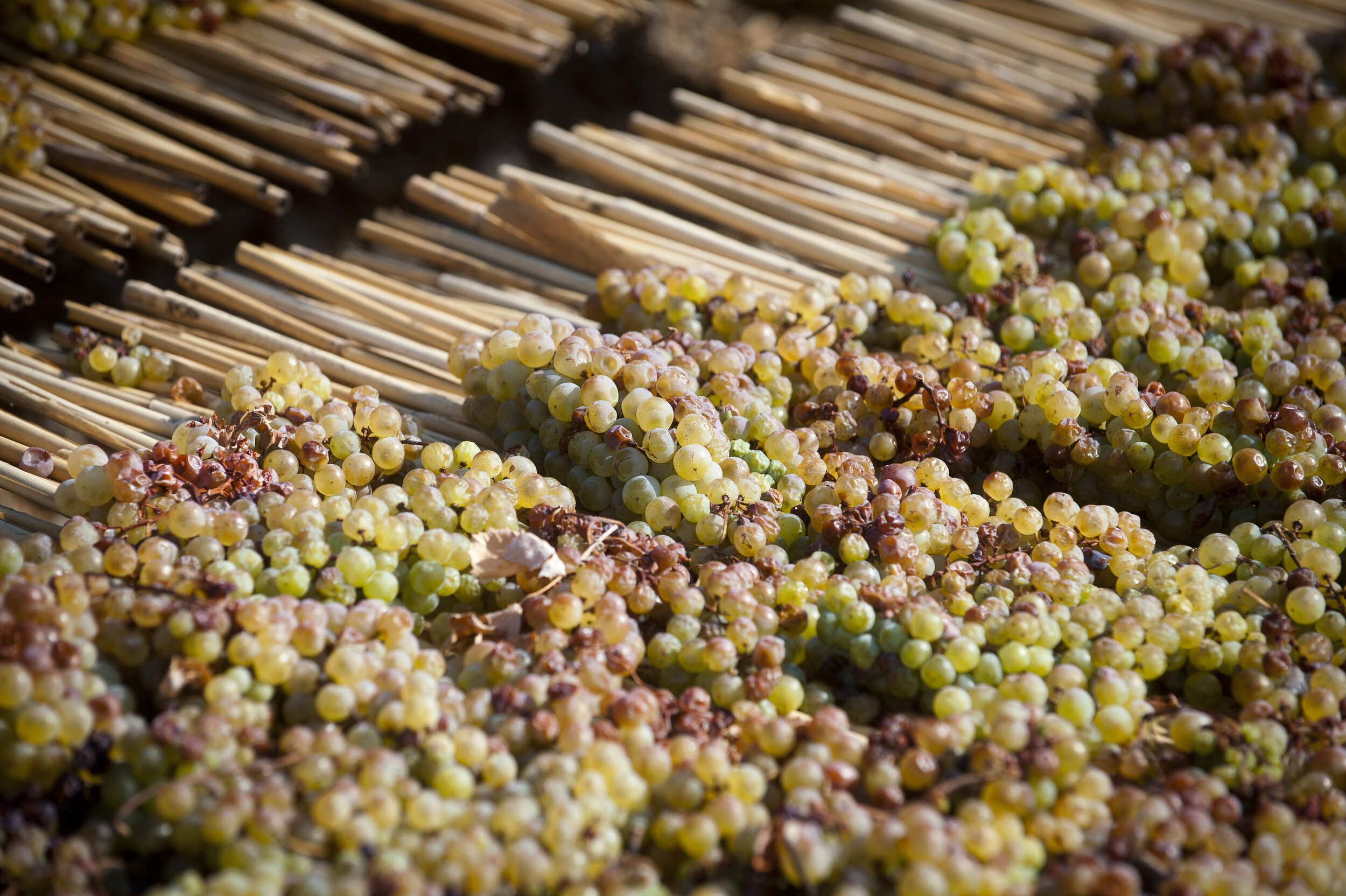
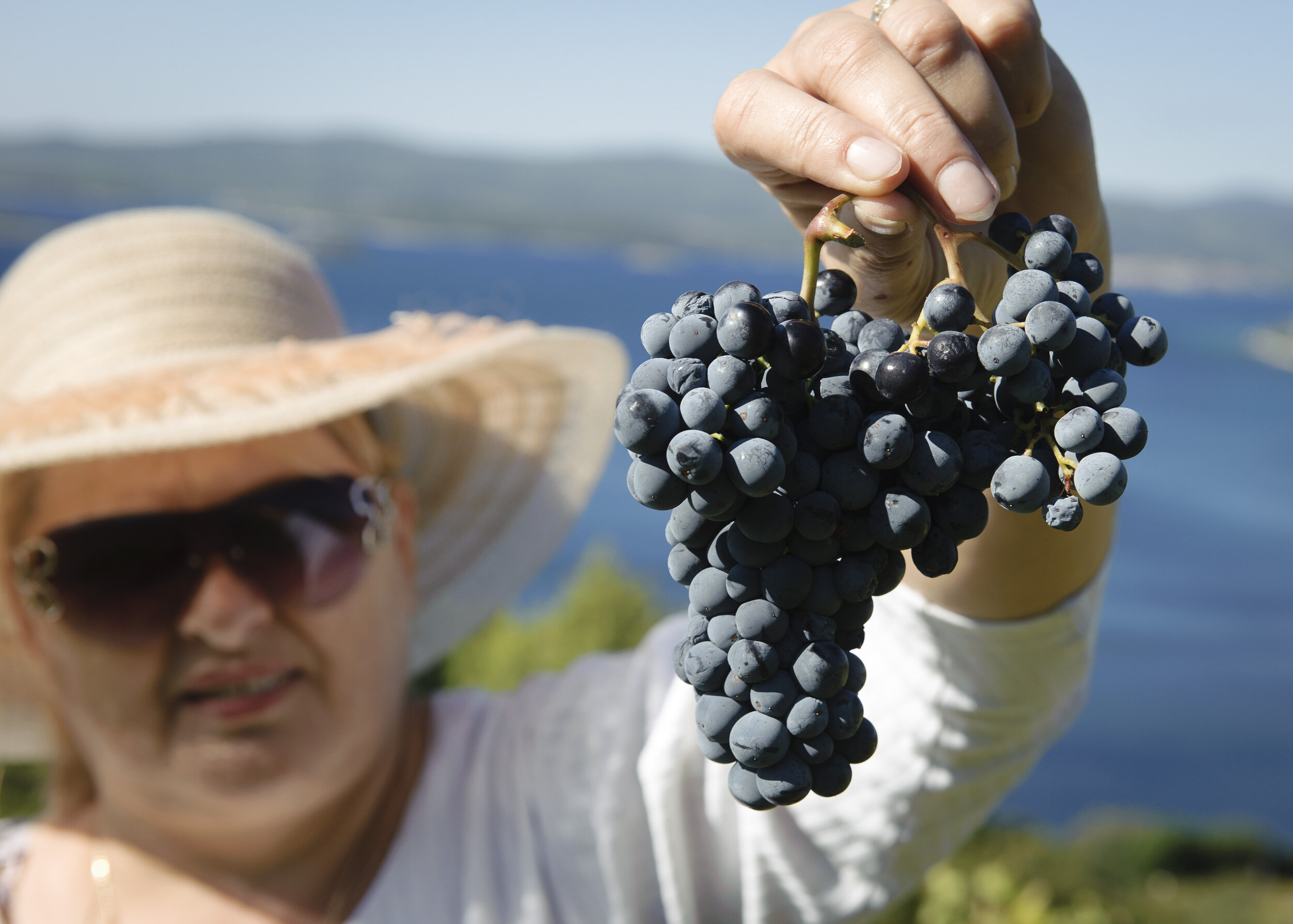

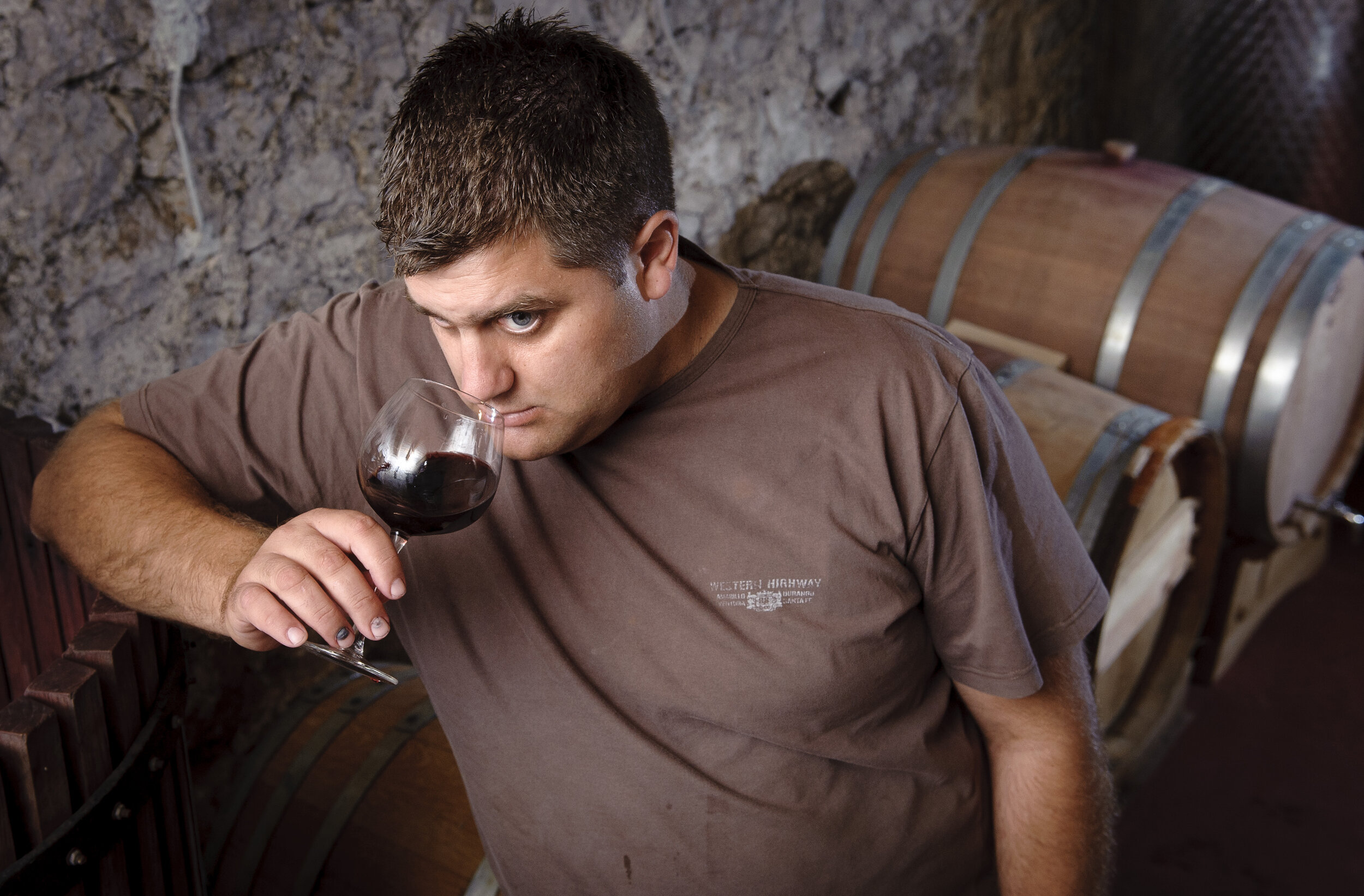

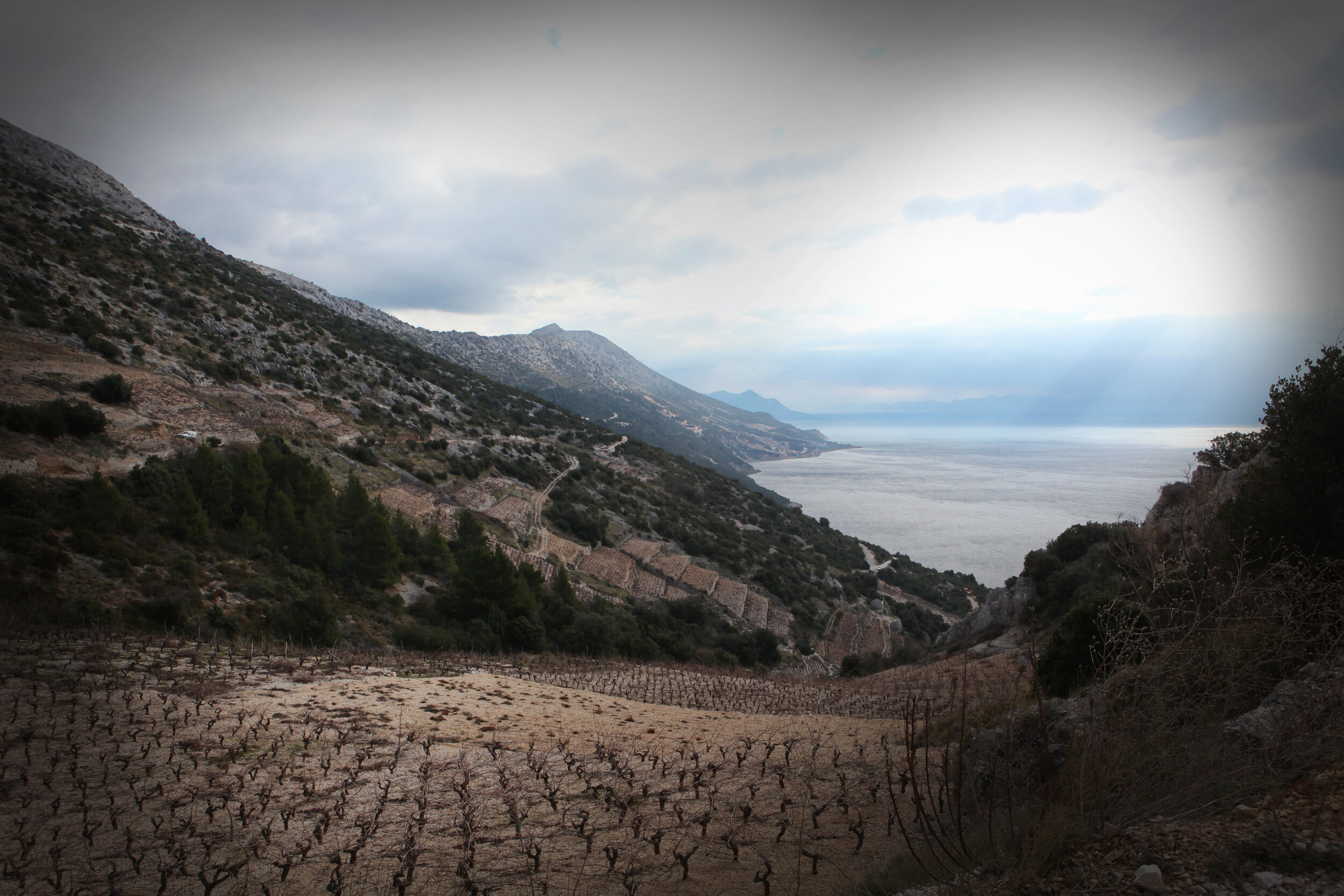
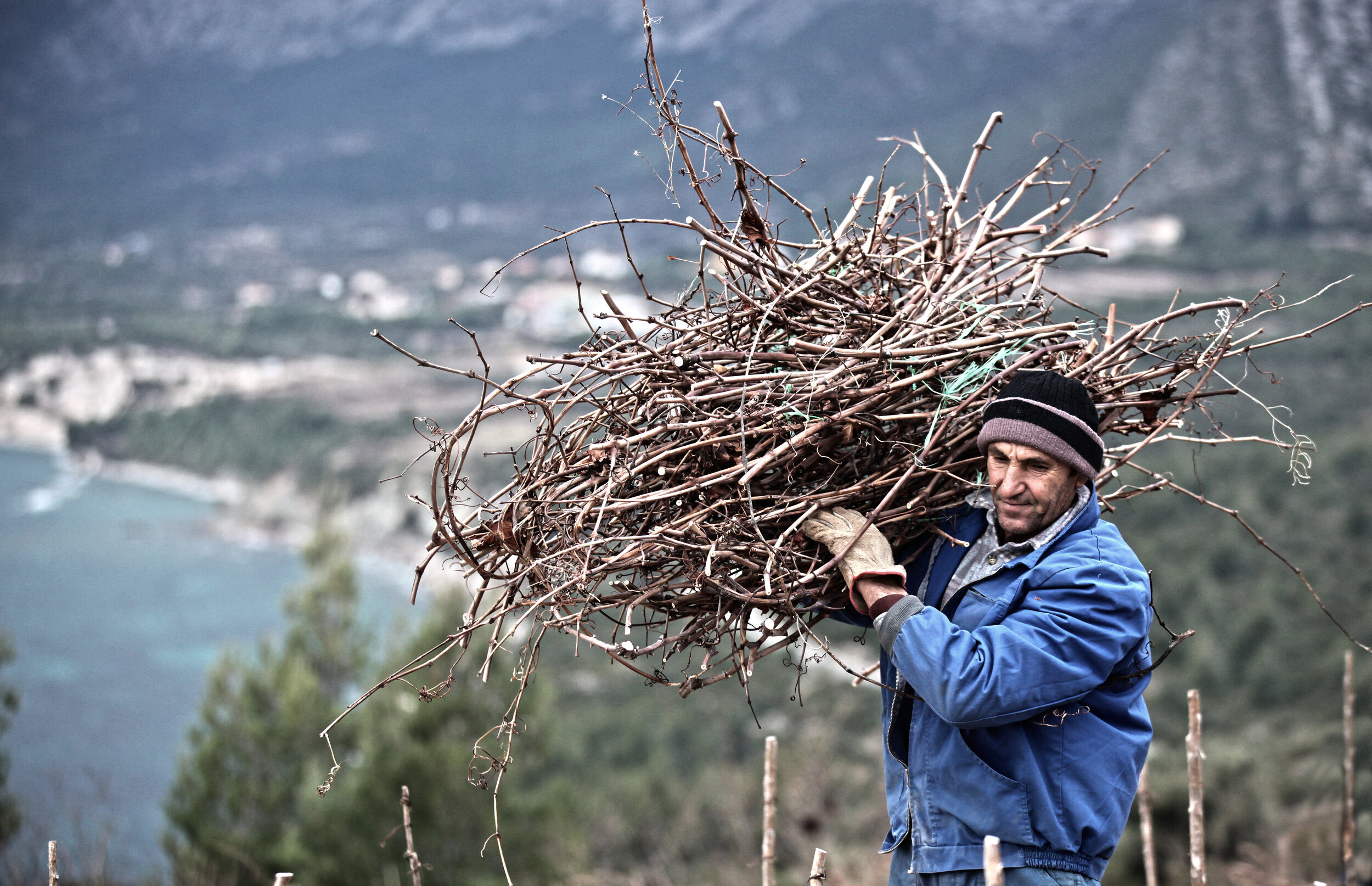
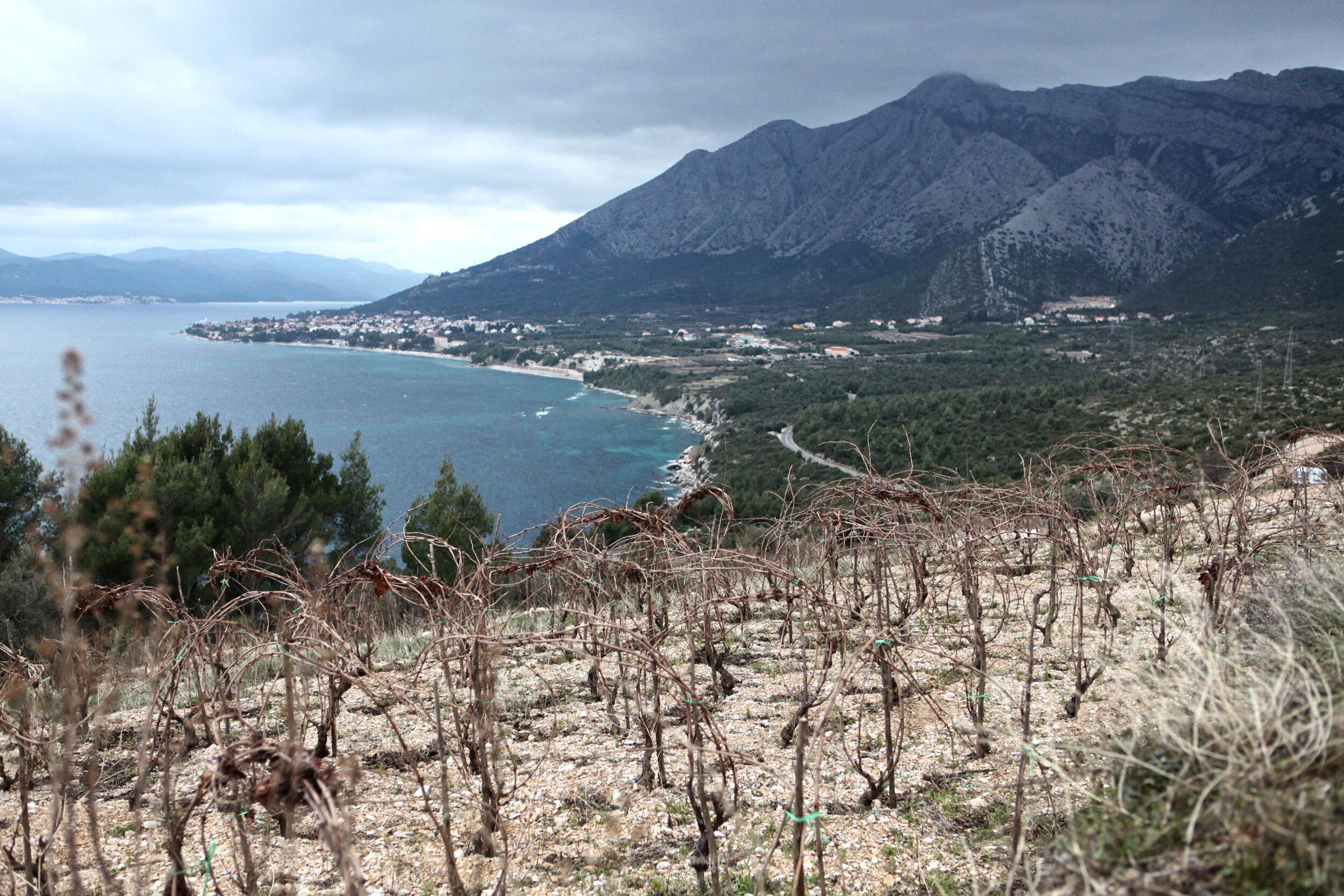

Generations of Winemaking on the Dalmatian Coast
Perched on the dramatic slopes of Croatia’s Pelješac Peninsula, Bura-Mrgudić Winery is a family estate deeply rooted in the region’s centuries-old winemaking tradition. The Bura and Mrgudić families have tended these vineyards for generations, with records of their connection to the land dating back to 1627. Today, their wines are celebrated for their purity, power, and authentic expression of one of Croatia’s most iconic terroirs.
For much of the 20th century, the families—like many in the region—faced limitations under Yugoslavia’s socialist system, where private winemaking was curtailed and grape growers were required to sell to state cooperatives. Despite these restrictions, the Bura and Mrgudić families remained stewards of their treasured vineyards, preserving knowledge and traditions that would later shape the identity of the modern estate.
The Family Revival: From Restriction to Renaissance
The turning point came with Croatia’s independence in the early 1990s. In 1995, Niko Bura, a passionate viticulturist and central figure in the winery’s resurgence, produced the first vintage under the family label—just 4,000 bottles of Bura Dingač, which would become one of Croatia’s most sought-after expressions of Plavac Mali.
Alongside his sister Mare Mrgudić, Niko helped establish Bura-Mrgudić as a benchmark for handcrafted, terroir-driven wines from southern Dalmatia. As the matriarch of the family and a strongly self-determined woman, Mare was one of the first female winery owners in post-communist Croatia, and led a remarkable charge in promoting and exporting Croatian wines to the US and other EU countries at a very early stage.
Dingač and Postup: Uniquely Dalmatian Terroir
At the heart of the winery’s identity is the iconic Dingač vineyard site: Croatia’s first protected wine region, designated in 1961. Once a vineyard site only accessible by donkey, this dramatic, south-facing slope—carved into craggy limestone cliffs above the Adriatic Sea—is revered for producing the country’s most powerful and age-worthy wines. Often called the “grand cru of Plavac Mali,” Dingač is known for its “three suns”: direct sunlight, reflection off the sea, and the radiating heat from centuries-old stone terraces. Grapes grown here achieve extraordinary ripeness and concentration, giving the wines their signature intensity and structure. As a very small appelation, Dingač remains one of the most coveted vineyard sites in Central and Eastern Europe, with the Bura-Mrgudić one of the most prized plots of 7 hectares.
The winery also farms vineyards in Postup, another historic appellation with similar power and structure, but slightly more accessible, aromatic, and elegant expressions of Plavac Mali, as well as vineyards further off the coast, to provide Plavac Mali with additional levels of freshness. Across all vineyard sites, the family practices strictly organic practices and minimal-intervention winemaking in the cellar, with only minimal sulfur additions at bottling, allowing the wines to express the true character of Pelješac.
A New Chapter in an Ancient Story
Today, the next generation— siblings, Boris and Antonija Mrgudić—carry the legacy forward, maintaining a deep respect for family tradition while embracing a fresh and modern perspective. Their work ensures that the story of Bura-Mrgudić continues to evolve, while remaining grounded in the values that their family has guided for centuries.
With wines that embody the raw beauty of Pelješac and the soul of a family deeply connected to its land, Bura-Mrgudić stands as one of Croatia’s leading artisanal producers—offering an authentic and pure expression of the Dalmatian coast.
Wines
Location








